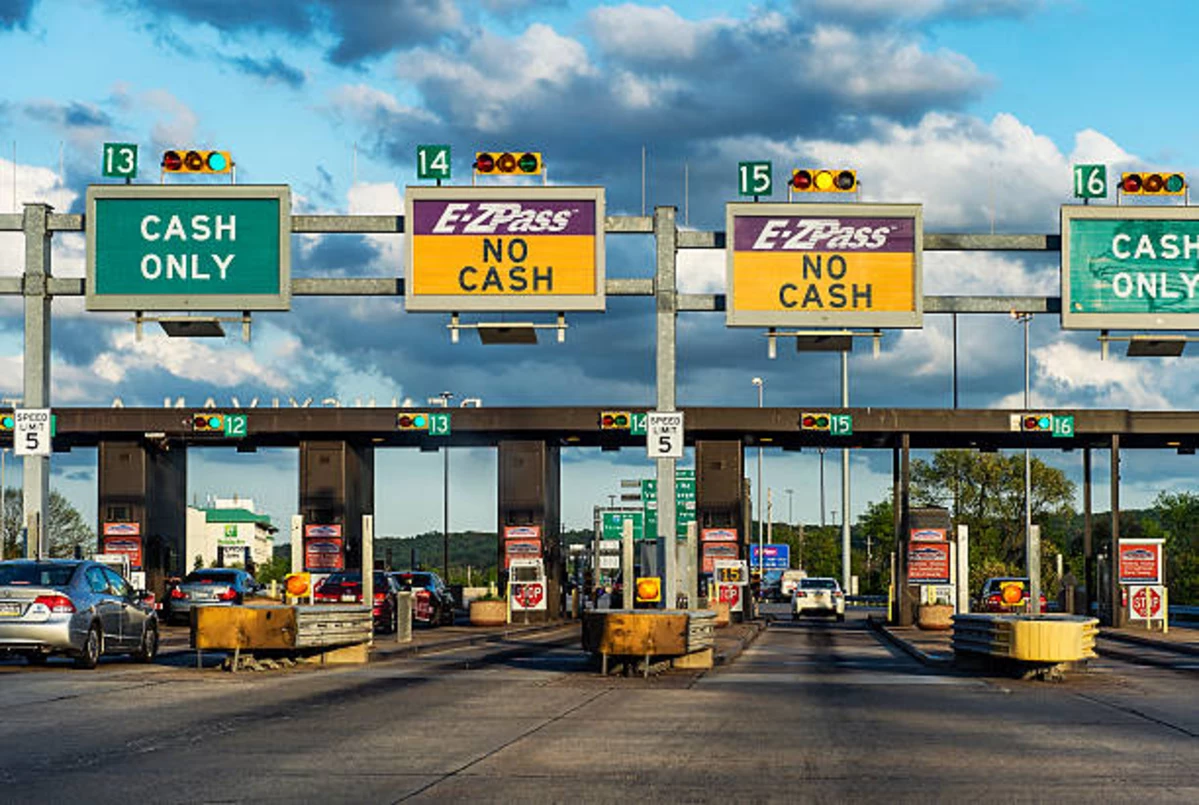The Flaw in Current Road Safety Policies
In the realm of road safety, numerous policies and initiatives have been established with the intent to reduce accidents and improve overall safety. However, many of these measures are grounded in outdated data or flawed logic, resulting in interventions that may not effectively address the root causes of road-related incidents. One notable example is the reliance on speed limits as a primary method of enhancing road safety. While regulating speed can be beneficial, it does not account for the diverse driving conditions or the varying levels of driver awareness and behavior.
Furthermore, the implementation of blanket measures, such as increased fines for speeding or tougher penalties for traffic violations, overlooks the nuanced nature of driver decisions and situational contexts. These policies often fail to consider the psychological aspects of driving and the multifaceted reasons behind traffic violations. As a result, drivers may not perceive these measures as deterrents, leading to continued lapses in safe driving practices.
Moreover, current road safety policies frequently place an undue emphasis on enforcement rather than education and awareness. This punitive approach can alienate drivers, fostering an environment of distrust between law enforcement and the public. For instance, campaigns that focus solely on strict adherence to regulations without offering comprehensive education on safe driving practices may miss an opportunity to cultivate long-term behavioral change that would significantly enhance road safety.
Additionally, many existing policies do not adequately adapt to the evolving nature of transportation, such as the rising prevalence of electric scooters, ridesharing services, and autonomous vehicles. Thus, the strategies in place may become increasingly ineffective as new variables enter the transportation ecosystem. It is imperative for policymakers to reassess and innovate road safety policies by incorporating current data, behavioral insights, and emerging trends in transportation to foster a truly safe driving environment.
The Impact of Infrastructure on Road Safety
The relationship between infrastructure and road safety is fundamental in determining the overall effectiveness of safety measures on the roads. A considerable number of accidents occur due to poorly designed roads that fail to account for the diverse needs of all road users, including motorists, cyclists, and pedestrians. Aspects such as inadequate lane markings, insufficient visibility, and poorly shaped road geometries can significantly increase the likelihood of collisions.
Furthermore, the absence of designated pedestrian zones further exacerbates the risks faced by individuals who are on foot. In urban areas where pedestrian traffic is high, the lack of safe crossings and sidewalks can lead to dangerous situations, making it essential for urban planners and policymakers to prioritize pedestrian-friendly designs. Effective infrastructure should not only facilitate vehicle flow but should also ensure that pedestrian safety is a core consideration in its creation.
Equally important is the role of clear and adequate signage in promoting road safety. In many instances, drivers find themselves navigating unfamiliar areas with insufficient guidance, leading to confusion and, subsequently, accidents. Comprehensive signage, which includes warnings for sharp turns, pedestrian crossings, and school zones, can significantly reduce the number of accidents by providing vital information to road users.
Legislation alone cannot solve the multifaceted issue of road safety. While it is important to have laws governing speed limits and driving under the influence, these measures may not be effective without the necessary infrastructure to support them. A holistic approach to road safety must incorporate both sound policy and physical improvements. Ultimately, the aim should be to cultivate an environment where infrastructure works in conjunction with legislation to enhance the safety of all road users, demonstrating that effective infrastructure is pivotal to fostering a safer road network.
Behavioral Aspects: The Human Factor in Road Safety
Road safety issues are intricately linked to human behavior, which often plays a decisive role in the occurrence of traffic accidents and injuries. A significant factor contributing to road incidents is distracted driving, which can include activities such as texting, using in-car entertainment systems, or even conversing with passengers. These distractions divert attention from the primary task of operating the vehicle safely. Current safety measures generally emphasize education on the dangers of distraction but often fail to integrate effective behavioral interventions that resonate with the motivations of drivers.
Another critical aspect of road safety is speeding. Research indicates that speeding not only increases the likelihood of collisions but also exacerbates the severity of injuries sustained during accidents. Despite the implementation of speed limits and enforcement measures, many drivers continue to exceed these limits. This persistent behavior suggests a disconnect between regulations and the decision-making processes of road users. Psychological factors, such as risk perception and a tendency to engage in ‘heroic’ driving, can lead individuals to underestimate the dangers associated with speeding.
Impaired judgment, often stemming from alcohol consumption or fatigue, further complicates the road safety landscape. Individuals under the influence or those experiencing diminished cognitive function due to tiredness are less likely to recognize hazards or respond appropriately to changing traffic conditions. Traditional safety measures, like sobriety checkpoints, have seen mixed results and point to the need for novel strategies targeting the underlying behaviors. Thus, it is essential to explore behavioral interventions that focus on changing mindsets and attitudes toward driving rather than solely relying on punitive measures. By addressing the psychological underpinnings of road user decisions, a more effective and sustainable approach to road safety can be achieved.
Old School Solutions for a Safer Driving Experience
As we strive to improve road safety, embracing old school solutions and improvements is critical. Many people are clamoring for connected vehicle technology called vehicle-to-everything (V2X) communication. More electronics is not the answer, frankly modern drivers are more distracted than ever and more tech is going to make it worse.
Driving several thousand miles a week ago showed several issues with infrastructure. Roads are poorly marked with the lines barely reflecting light from headlights due to faded paint, stick on ones that are peeling, and lines that don’t exist. The other issue with viability are the abundance of road side lighting. The lights are so bright that headlights are pointless, in bad weather the bright white light reduces visibility, and makes seeing basic road markings worse, not better. AI and tech cannot fix these issues.
Community-centric approaches hold great promise in enhancing road safety. Engaging local communities in road safety initiatives fosters a culture of shared responsibility. For example, educational campaigns tailored to specific demographics, such as teenagers or senior citizens, can elevate awareness of safe driving practices and the importance of following traffic laws.
Successful case studies from various regions provide valuable insights into effective strategies. Countries such as Sweden, which adopted the Vision Zero initiative, have made impressive strides in reducing road fatalities. Through a combination of lower speed limits, improved road designs, and robust enforcement of traffic laws, Sweden exemplifies how innovative policies can yield remarkable results in road safety. By integrating limited technology, community involvement, and proven methodologies, we can cultivate a safer driving experience that minimizes risks and promotes responsible behaviors on the roads. And put down the phone, the coffee, and other devices that take your eyes off the road.







